As students walk around and admire the beautiful buildings on campus, it is hard to imagine any of the buildings coming with a dollar sign. However, many do, in the form of loans.
In order to finance the construction on campus, Montclair State University borrowed $189.36 million in 2014 in the form of a bond. Like any loan, it comes with an interest rate, and in this case 4.21 percent, according to public documents.
The university still has a remaining balance of $182 million that will be paid back in a period of 30 years. Each year, on the first of January and July, the university must pay back the interest on the loan. Last July, the university made a payment of $3.2 million.
In addition to this borrowed money, the university uses funds from other sources to help pay for construction, including student tuition, investment income, university reserves and donations, according to Assistant Treasurer Donna McMonagle.

The Center for Computing and Information Science sign is outside the building.
Chanila German | The Montclarion
The 2014 bond helped the construction of six buildings, including the Center for Environmental and Life Sciences (CELS), the Feliciano School of Business, Partridge Hall (also known as the School of Nursing), the School of Communication and Media (SCM), the Center for Information and Technology (CIT) and College Hall.
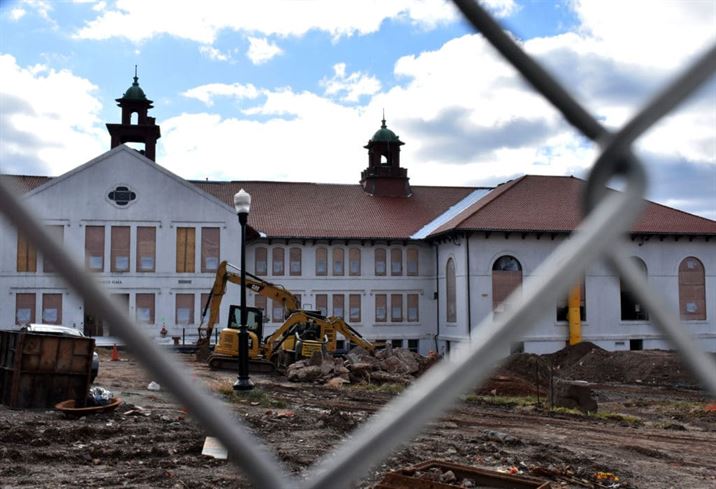
College Hall is currently under construction with a $56 million budget and will not reopen until 2020.
Chanila German | The Montclarion
In some cases, the 2014 bond helped to pay for the majority of the buildings construction, such as the SCM, which cost $64.8 million and Partridge Hall, which cost $19.4 million. While in other cases, it paid for a portion of the buildings, such as the Feliciano School of Business, which it provided $15.5 million, and $13.2 million for CELS.
College Hall, which is not expected to open until 2020, has a $56 million budget for renovations. The 2014 bond is covering 50 percent of the building’s overall cost. The remaining balance is being covered through the university funds since the state of New Jersey has not provided a grant for this project.
“We haven’t issued any bonds for about four years,” said the Vice President for Finance and Treasurer Jon Rosenhein. “So, we haven’t taken on any new debt in that period, which doesn’t mean that we won’t at some point in the future.”
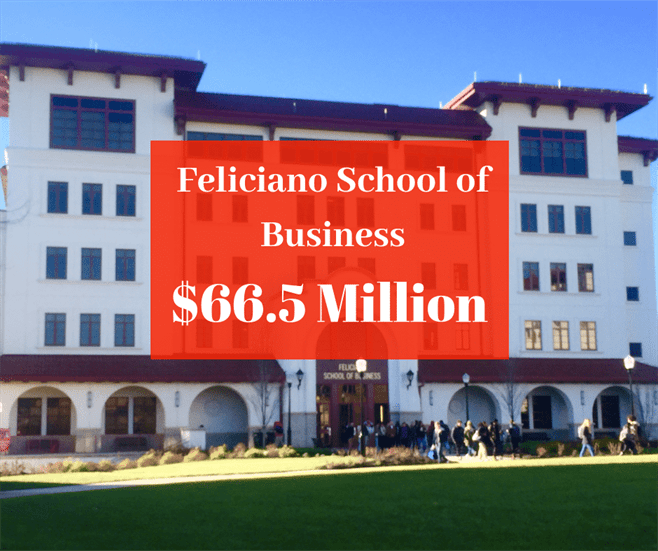

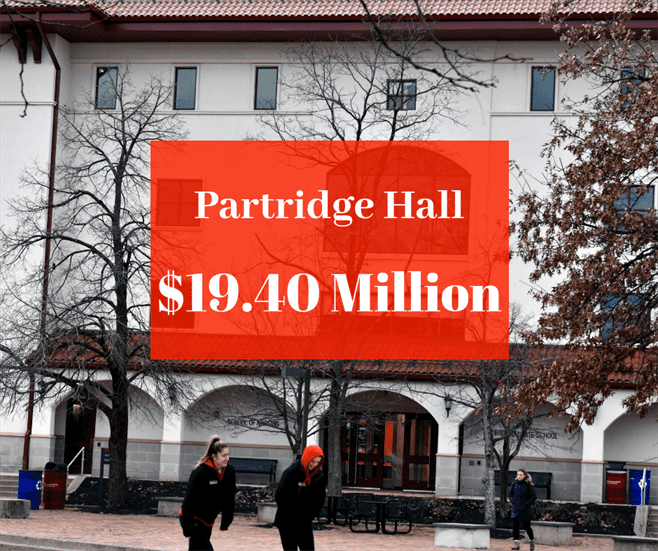
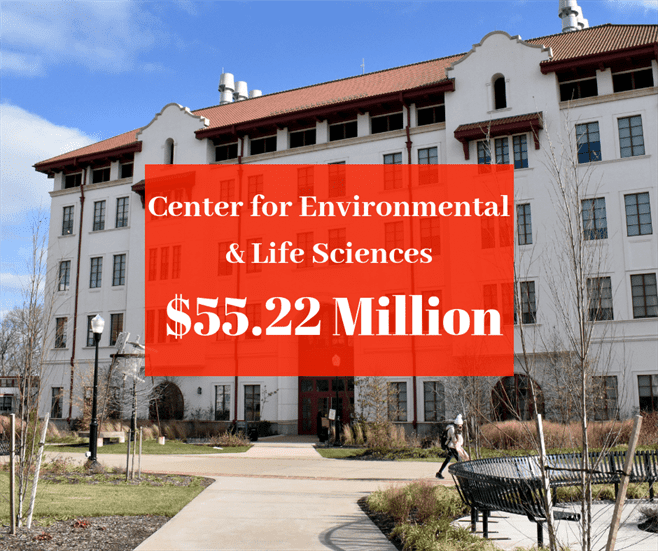

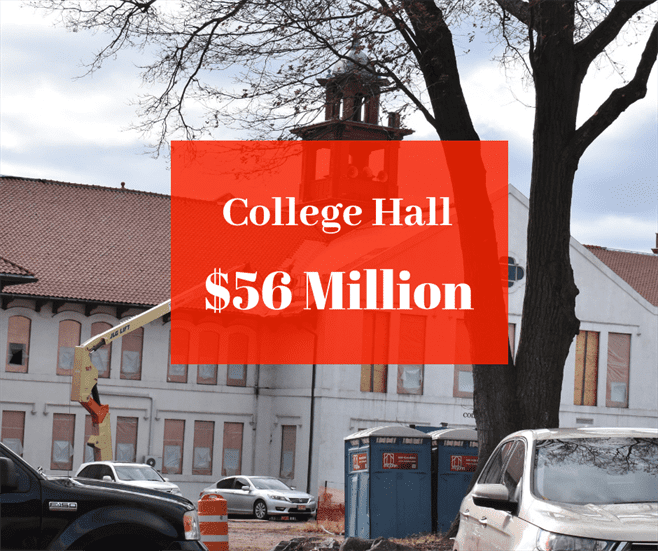
Rosenhein mentioned that from “time to time” the university does receive state grants that it does not need to pay back.
“Mallory Hall, which is now called the Center for Information and Technology, was funded through a state grant,” Rosenhein said.
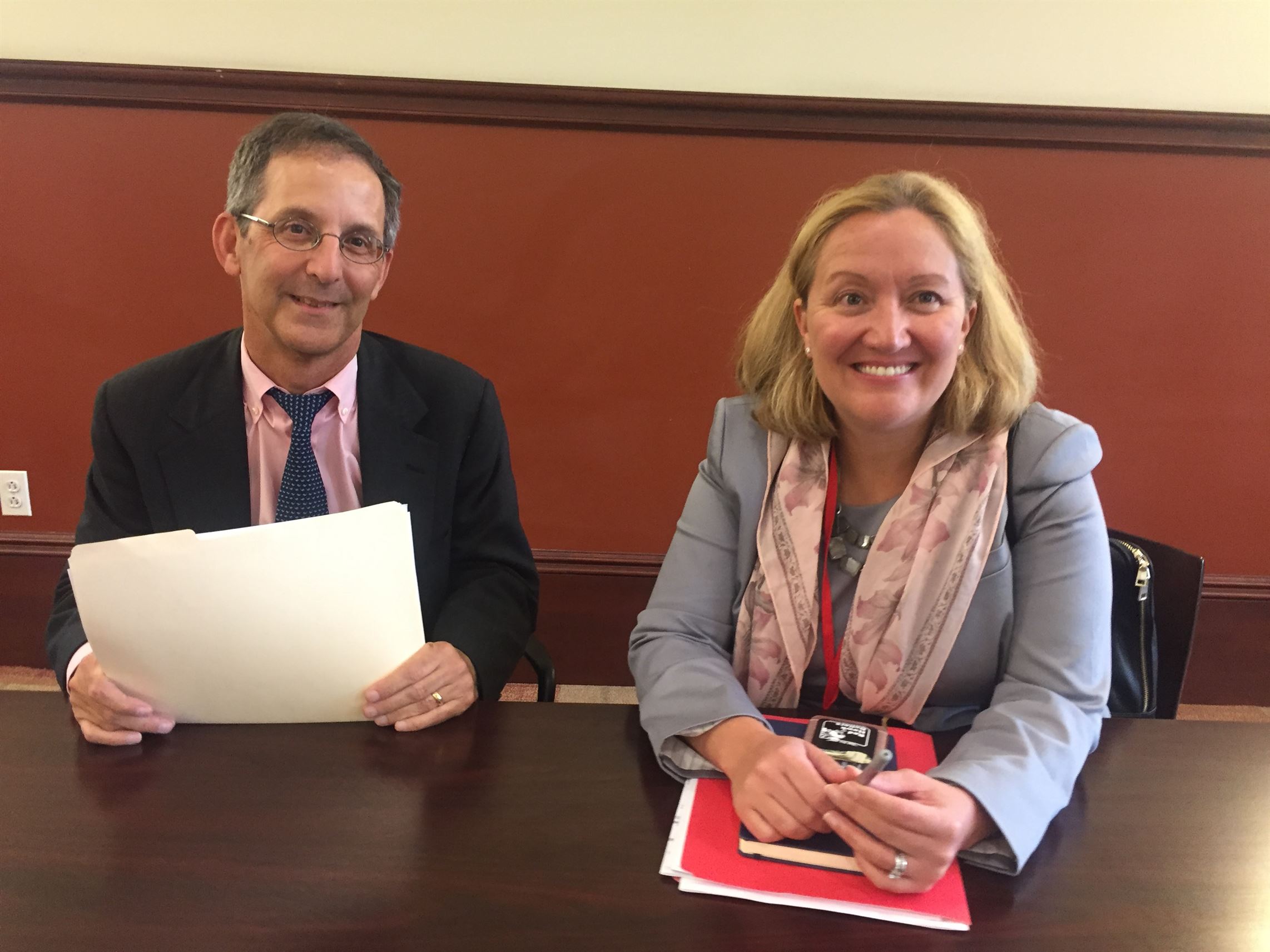
Vice President for Finance and Treasurer Jon Rosenhein (left) sits beside Assistant Treasurer Donna McMonagle (right) in the Feliciano School of Business.
Chanila German |The Montclarion
The state grant called Building Our Future provided $7 million of CIT’s $23 million budget. The remainder of the budget was paid with university funds. Other buildings, such as CELS and the Feliciano School of Business, also received funding from the state.
State grants lessen the financial burden placed on students since they are helping to pay off the university’s debt through their tuition.
In 2019, the contribution from students’ tuition and fees will cover 69 percent of the operating budget that the university uses for construction, according to documents given to The Montclarion by McMonagle.
Rosenhein said that he believes that the university is mindful of the burden it is partly placing on students.
“One of the reasons [many] institutions, and almost every college and university does it this way with periodically issuing bonds and paying it off around 30 years, is that in part to equalize the cost of [it] over many generations of students,” Rosenhein said. “So that the students that happened to be here the year that College Hall was built, that cohort of students doesn’t have to pay for the whole building.”

Freshman linguistics major Samantha Lauret stands in front of College Hall as it undergoes construction.
Chanila German | The Montclarion
Some students did not realize their tuition contributed to a large portion of construction on campus, like freshman linguistics major Samantha Lauret.
“Well, then I think that the [university] needs to figure out how to make it a little bit fairer,” Lauret said. “Because if that’s [where] all the money is going into, I feel like students should be provided more advantages as well.”

A female student walks in front of the Center for Computer and Information Science.
Chanila German | The Montclarion
American Federation of Teachers (AFT) Local 1904 President Richard Wolfson agrees that it is “unfair” that current students are “paying for buildings that they will never use,” but he noted that current students are benefiting from buildings funded by prior students.
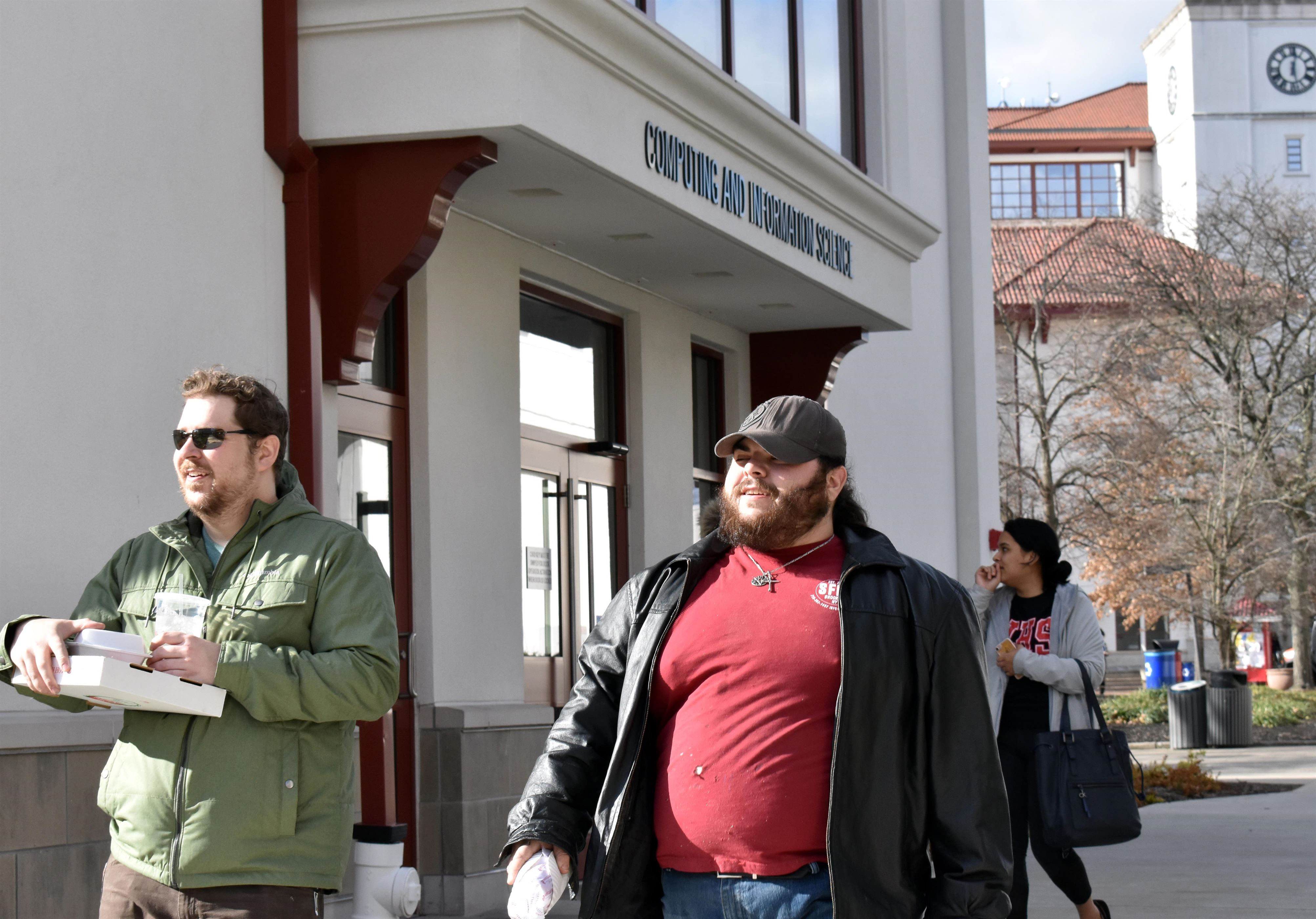
Students walk in front of the Center for Computer and Information Science.
Chanila German | The Montclarion
Junior sports media and journalism major Bryant Flores said he understands why some students might think paying for new buildings was unfair, but he personally does not mind it.
“It relates back to the hearings we had last year,” Flores said, referring to a tuition hearing held by the university. “It actually mentioned that the state was providing less and less funding for all state schools and the tuition here isn’t much anyways. So, I don’t see it as a big deal to fund the construction, but that’s just me. But, I also see why people might think it’s a problem.”
Wolfson said that he believes construction is necessary since the university has a shortage of “general classrooms and lavatories.” However, he said the university should stay mindful and not lose sight of the academic portion either.
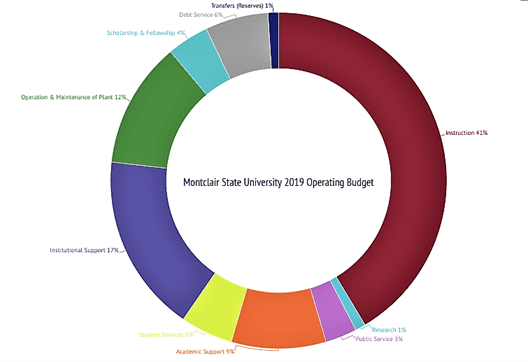
An overlook of Montclair State University’s operating budget for 2019.
Chanila German | The Montclarion
“My question for the board of trustees is always, ‘Okay, we are putting up another building. Are there enough classrooms in that building?’” Wolfson said. “‘And are we paying as much attention to the academic side of the house, meaning are we hiring enough faculty, advisers and people that help the students as well?’”


